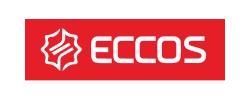Modern IT is all about virtualization. It’s not a question of virtualizing or not, it’s when and how to do it. Realizing your virtualization potential, having shared storage is “A MUST”. Shared storage is also necessary for achieving High Availability and Fault Tolerance on the hypervisor or VM level, fast live VM migration, to protect from unplanned downtime, etc. The classic approach to providing shared storage is using standalone SAN, NAS or even shared DAS.













